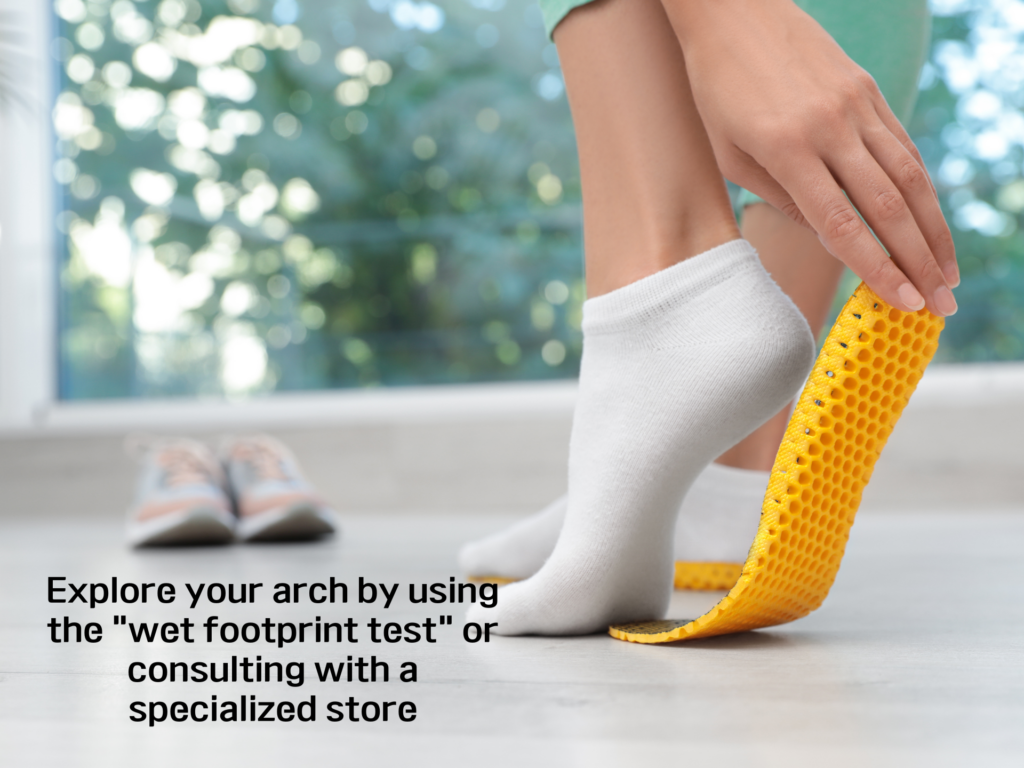Running is an incredibly popular form of exercise that comes with numerous health benefits. However, it’s crucial to find the right shoes to ensure comfort, safety, and peak performance. With so many options on the market, selecting the ideal running shoes can feel overwhelming. In this comprehensive guide, we’ll explore key factors to consider when purchasing your new shoes and offer expert recommendations for various types of runners.
Table of Contents
1. Running Shoes: Assessing Your Running Style
Before diving into shoe shopping, evaluate your running habits.
- Distance: Whether you’re aiming for a quick run around the block or competing in a marathon, make sure your chosen shoes can withstand your desired distances.
- Terrain: Different surfaces require different levels of traction and support—consider your usual running environments (e.g., trails or pavement).
- Frequency: Take into consideration how often you run per week and tally up monthly mileage to estimate your shoe’s needed durability.
2. Running Shoes: Determining Your Foot Type
Understanding your foot type plays a vital role in knowing which shoe features are necessary for optimal cushioning, stability, and support.

A. Arch Types
Explore your arch by using the “wet footprint test” or consulting with a specialized store.
- Normal Arch: Opt for stability shoes that evenly distribute impact.
- High Arch: Seek cushioned shoes that provide ample shock absorption.
- Low Arch (Flat Feet): Find motion control shoes that prevent excessive inward rolling.
B. Pronation Levels
Observe how your foot strikes the ground during a run.
- Neutral Pronation: Look for stability shoes.
- Overpronation: Motion control shoes are ideal.
- Supination (outward rolling): Cushioned shoes will help absorb impact.
3. Running Shoes: Understanding Different Shoe Types
How the shoe functions is crucial to supporting your unique requirements:
- Cushioned Shoes (ideal for high arches): Prioritize comfort and shock absorption.
- Stability Shoes (suitable for normal arches): Offer a balance between cushioning and adequate support.
- Motion Control Shoes (recommended for low arches): Provide optimum structure and reduction of inward foot rolling.
4. Running Shoes: Trying on Your Shoes
To ensure proper fit, consider these tips:
- Try on shoes later in the day, as feet tend to expand throughout daily activities.
- Wear your favorite running socks while testing out shoes.
- Allow for approximately a thumb’s width of space between your longest toe and the front of the shoe.
- Ensure each shoe fits snugly but comfortably—particularly around the heel and midfoot.
5. Recommended Brands and Models
Notable brands consistently design high-quality running shoes tailored to various needs:
- Nike: The Pegasus line provides versatile utility, while VentureWire is an excellent choice for neutral runners.
How do I know which running shoes are right for me?
Choosing the right running shoes depends on factors like your running style, foot type, and the type of terrain you run on. It’s essential to assess these factors before making a decision.
What is the significance of understanding my foot type when selecting running shoes?
Your foot type determines the level of cushioning, stability, and support you need in your running shoes. It’s a crucial factor in preventing injuries and ensuring comfort.
How can I determine my arch type?
You can identify your arch type by using the “wet footprint test” or seeking advice from a specialized store. It helps you choose the right category of running shoes.
What are the different pronation levels, and why do they matter?
Pronation refers to how your foot strikes the ground during a run. Understanding your pronation type (neutral, overpronation, or supination) helps you select shoes that correct or accommodate your gait.
When should I opt for cushioned running shoes?
Cushioned shoes are ideal for runners with high arches as they prioritize comfort and shock absorption, providing a smoother ride.
Are stability shoes suitable for runners with normal arches?
Yes, stability shoes strike a balance between cushioning and support, making them a good choice for runners with normal arches.
Who benefits from motion control shoes, and why?
Motion control shoes are recommended for runners with low arches (flat feet) as they provide the necessary structure and minimize inward foot rolling.

